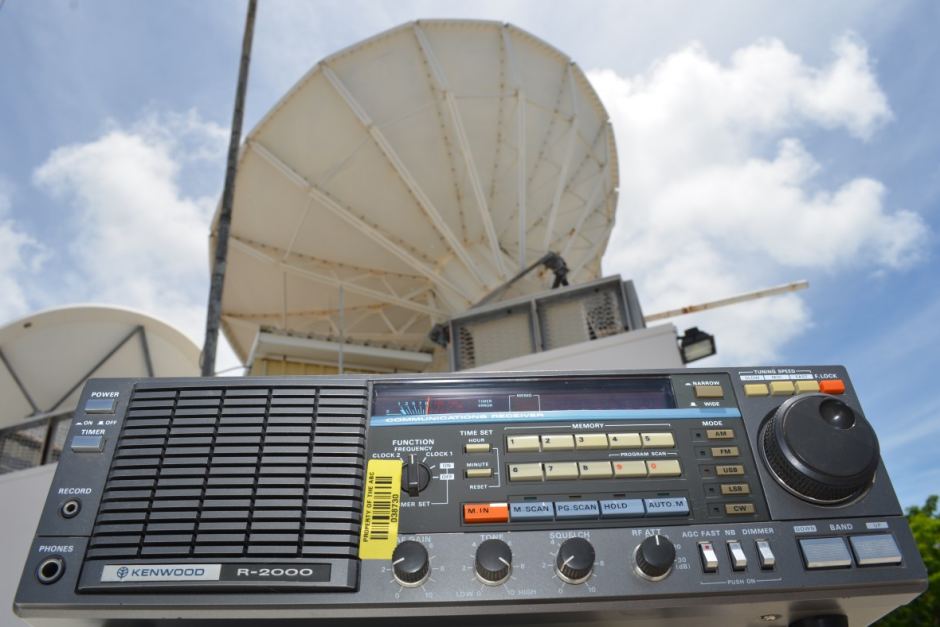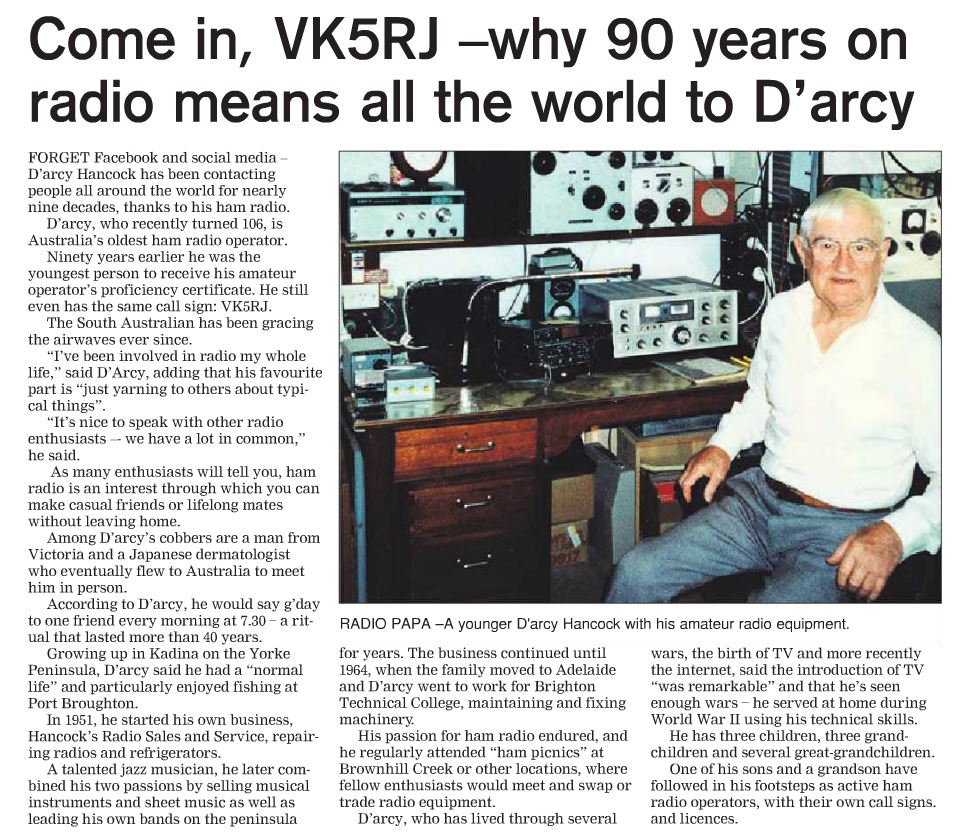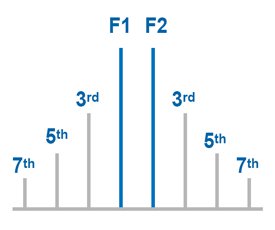Gary VK2ZKT from RadioSupply spotted the following ABC article explaining that Nick Xenophon may introduce legislation to force the ABC to reinstate their shortwave radio service. Forwarded by Henry VK2ZHE:

South Australian senator Nick Xenophon says he will introduce legislation to Parliament to force the ABC to reinstate its shortwave radio service, which ended today.
Mr Xenophon said his introduction of legislation next week was not the ideal way to handle the issue, but something had to be done.
“This is a pretty messy way of doing it — putting up a bill — but it will force the ABC management to account,” he said.
“If it means part of the solution is trying to squeeze more money out of the Government, then so be it.”
Mr Xenophon said he believed the ABC had underestimated the impact of its decision.
“The fact is this will affect thousands of Australians who are in remote areas, but it seems it will affect many tens of thousands, perhaps hundreds of thousands of people who are regular Radio Australia listeners throughout the region,” Mr Xenophon told Radio Australia’s Pacific Beat program.
“This is an essential service not just for the bush in Australia but for the region. I hope I can get bipartisan support to reverse this decision.”
The ABC said shortwave technology was out of date and it would save $1.9 million by cutting the service, which it said would be reinvested in expanding content and services.
The national broadcaster said in a statement there would be a transition program and it “has offered comprehensive advice on how to best access emergency information, ABC News and entertainment”.
“The ABC will assist with the transition to new technologies … as well as the use of modern and reliable devices such as emergency GPS beacons and affordable satellite telephones,” the statement said.
Pastoralists, fishermen among those angered by decision
But the decision has prompted widespread criticism from federal and Northern Territory MPs, pastoralists, fishermen and tour operators, as well as from communities across the Pacific.
“This is shocking news, totally shocking news,” said Francesca Semoso, Deputy Speaker of Bougainville’s Parliament in Papua New Guinea.
“The reason being that wherever you go — if you are up on the rooftop of your house, if you are up in the mountains in Bougainville, if you are down in the valleys, in the Pacific islands in Papua New Guinea, in Bougainville — the only medium that can reach me at that location is shortwave.”
Northern Territory Cattlemen’s Association chief executive Tracey Hayes said the move would have a profound impact on the wellbeing of isolated workers and families.
“There will be just silence in the vehicle and they would have had no contact with the outside world,” she said.
“I can’t imagine what it is going to be like for people who are being put in that position.”
Northern Territory MP Gerry McCarthy said he had invited ABC managing director Michelle Guthrie to his remote electorate to listen to people affected by the decision.
“Come to the Northern Territory for a start, consult with the people that are affected, real Australians out there in remote areas,” he said.
“Also we’ve offered the help and support of the [Northern Territory] Department of Housing and Community Development to go and do some serious analysis about who are the users of shortwave.”
ABC Radio will continue to broadcast across the Northern Territory on FM and AM bands, via the viewer access satellite television (VAST) service, streaming online and via the smartphone app.
See also:
Related Story: ABC’s shortwave radio transition program offers little comfort to Top End fisherman
Related Story: ‘At least 5,000’ people tuning into ABC’s shortwave radio services
Related Story: ABC resists calls to reverse axing of NT shortwave service





 What is PIM?
What is PIM?